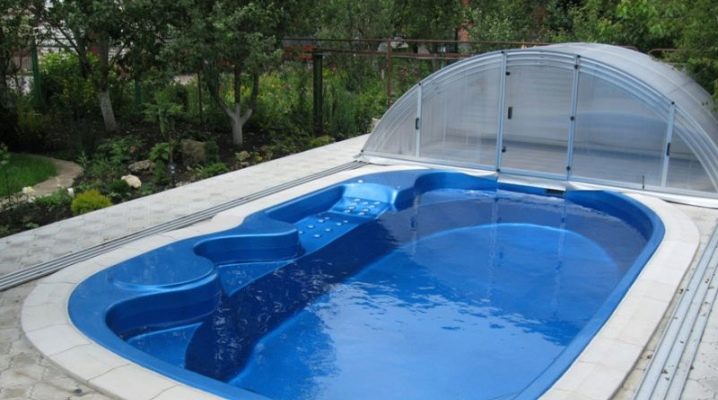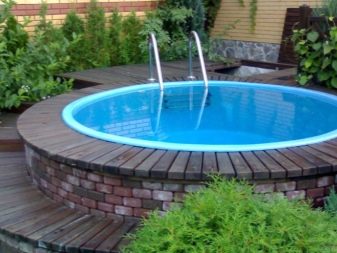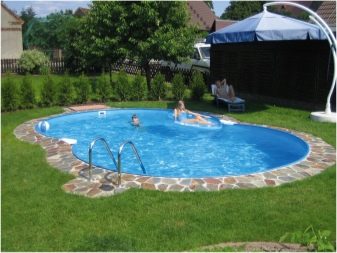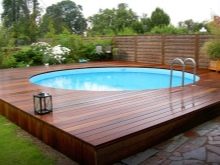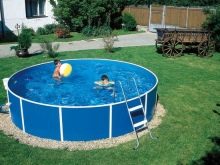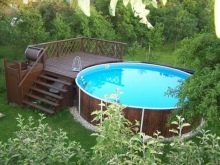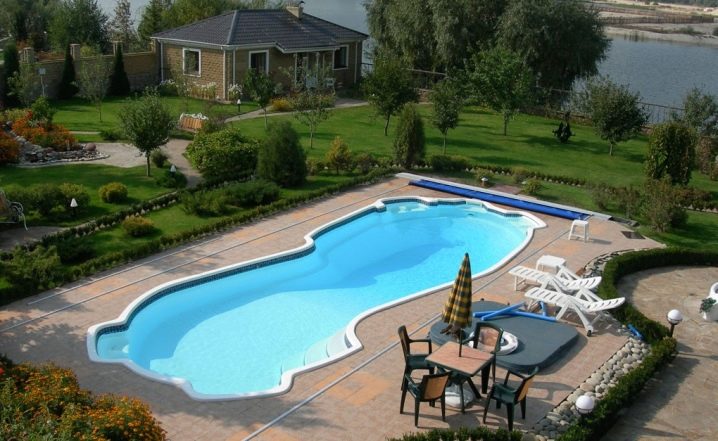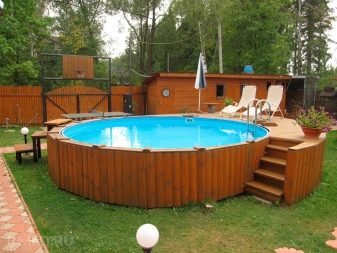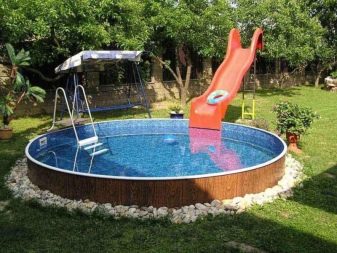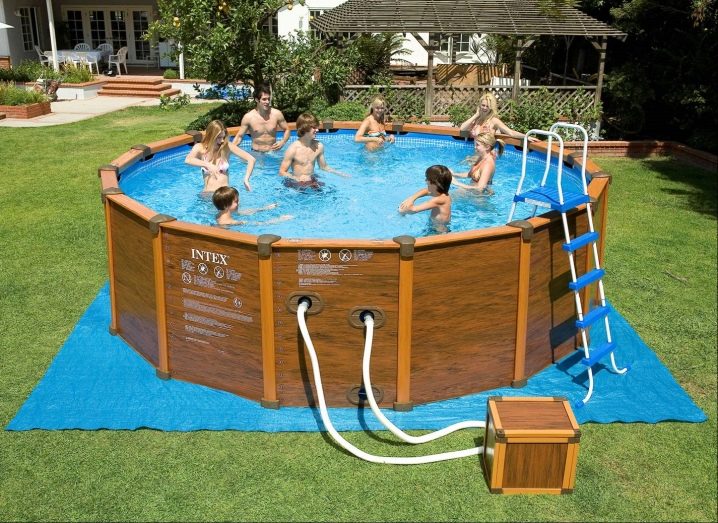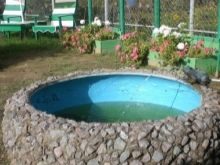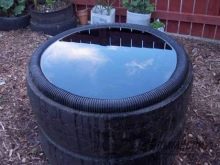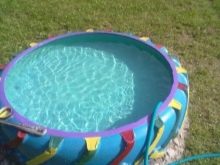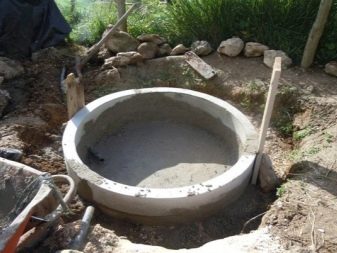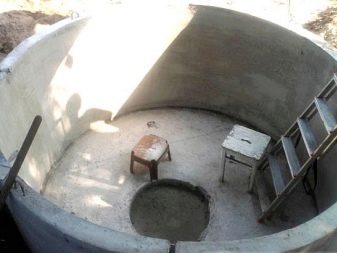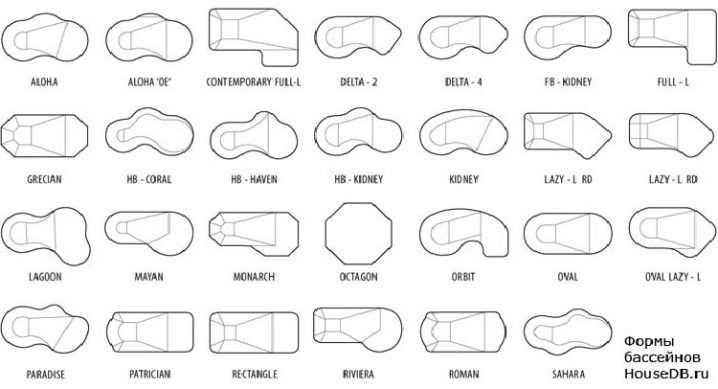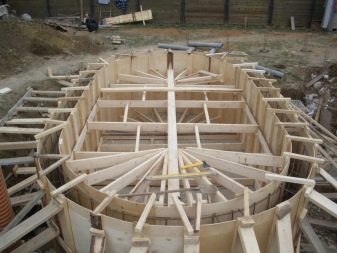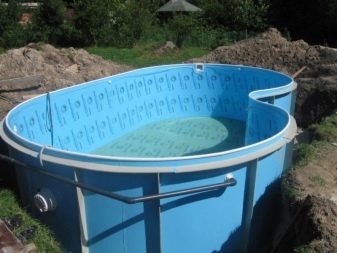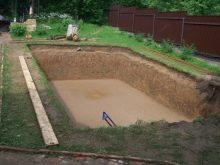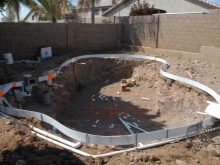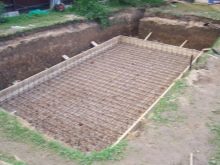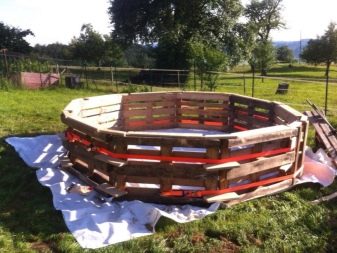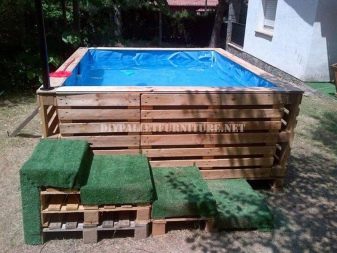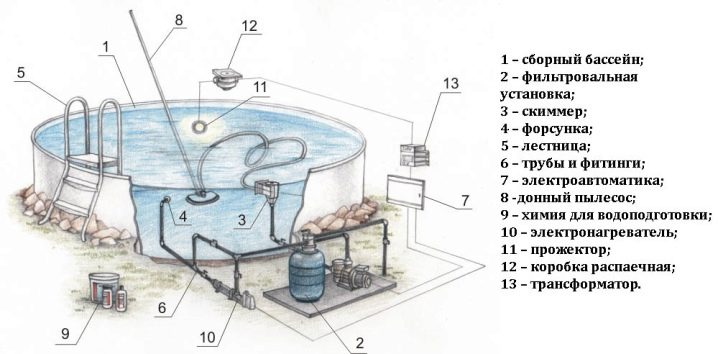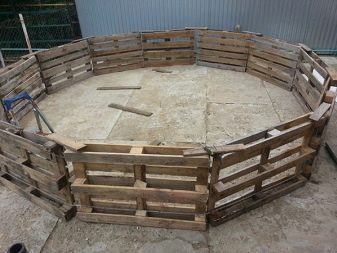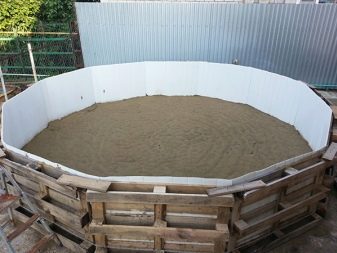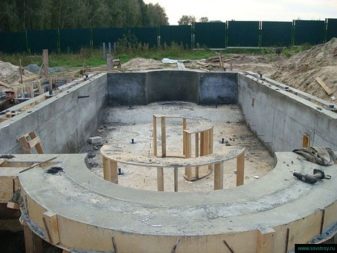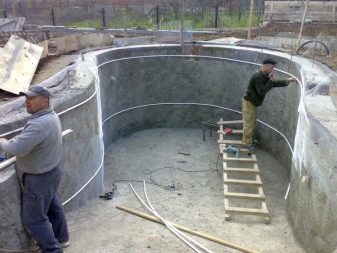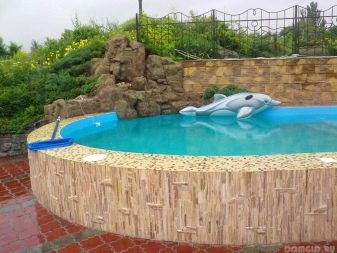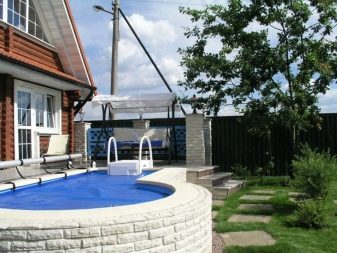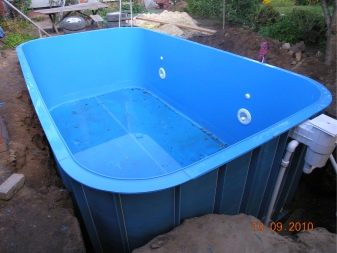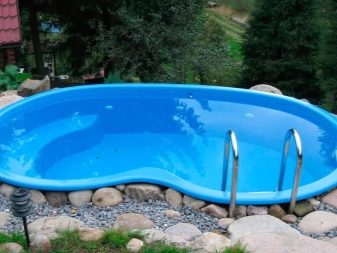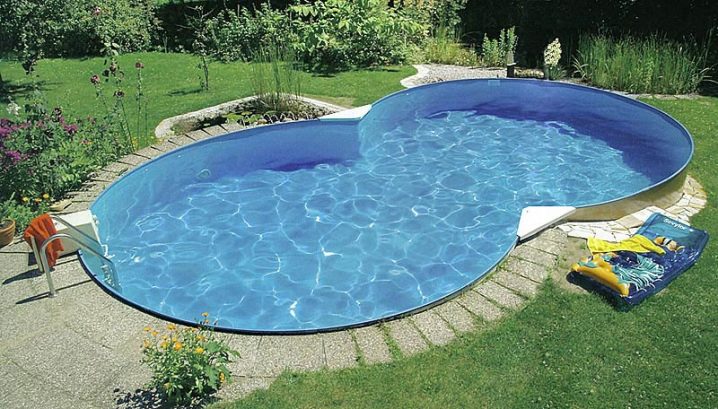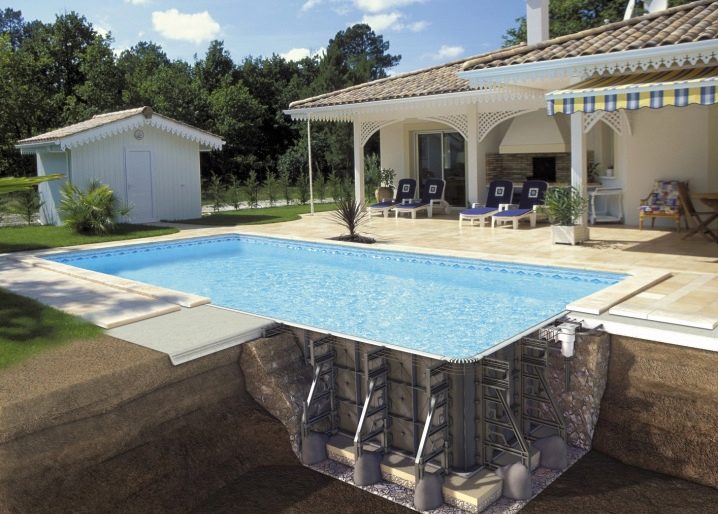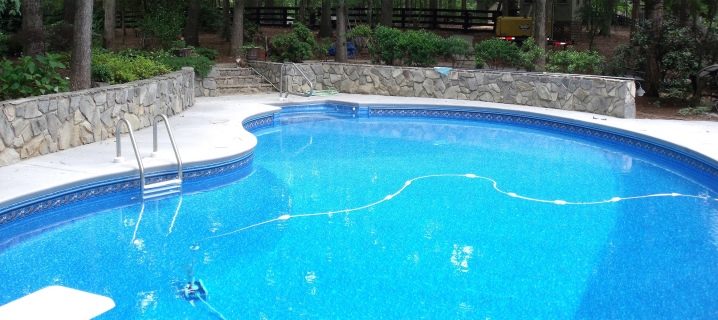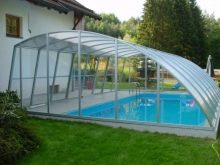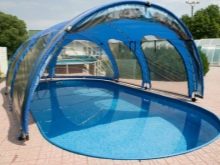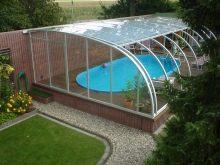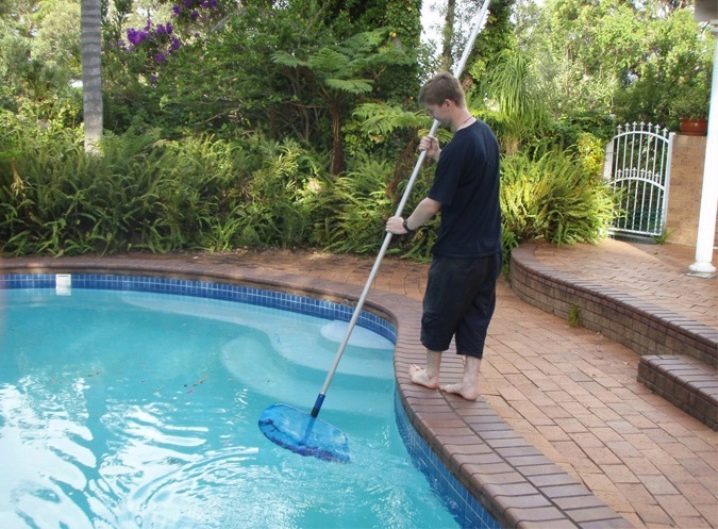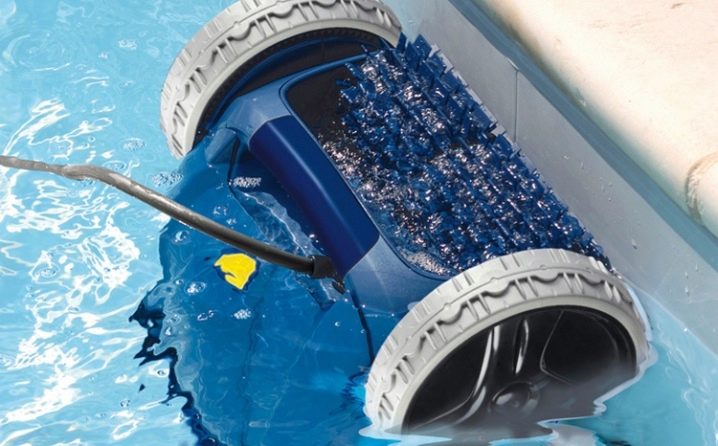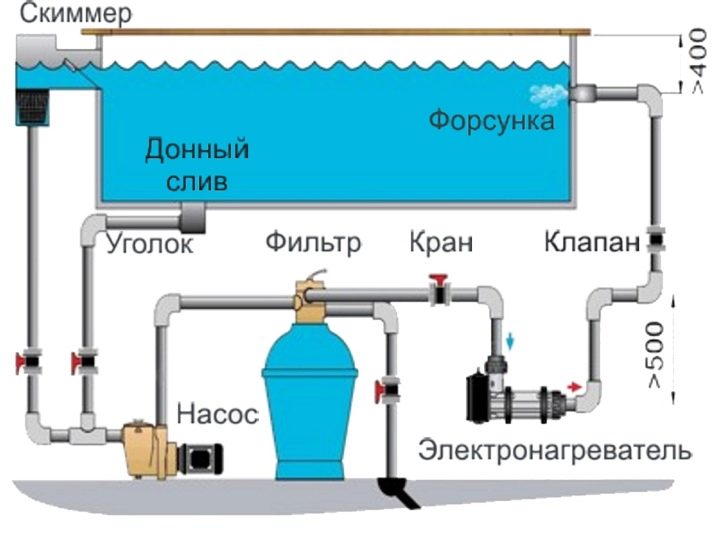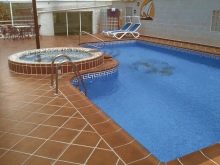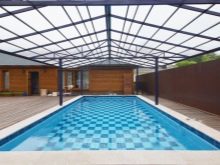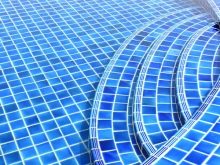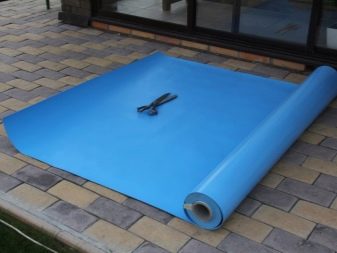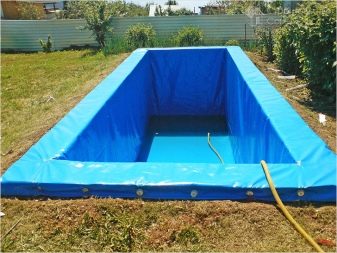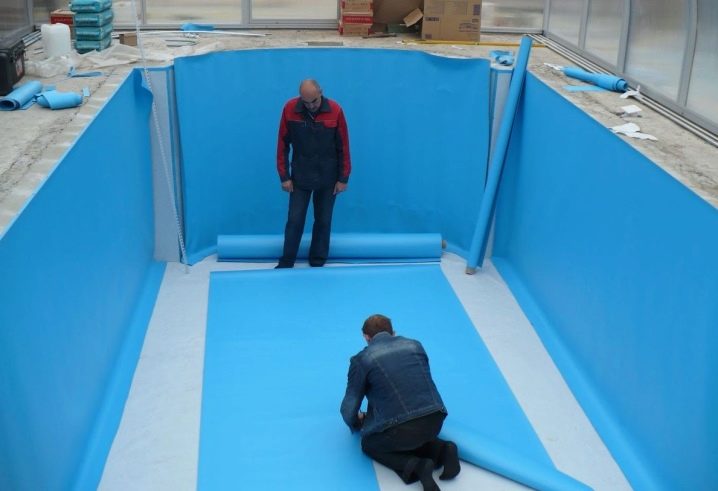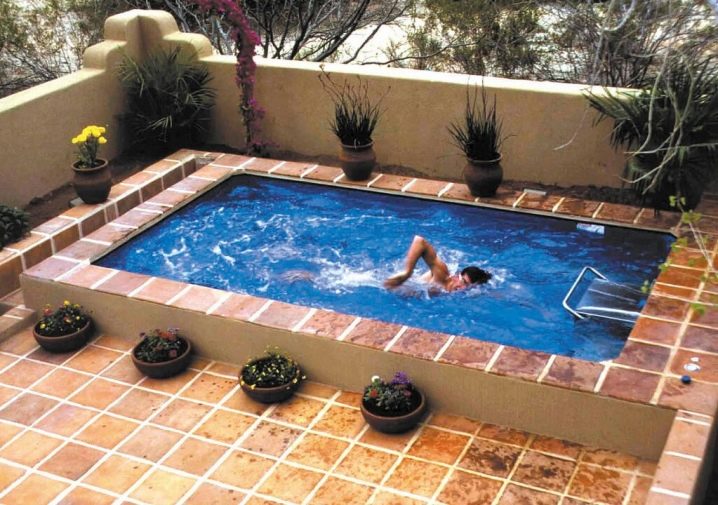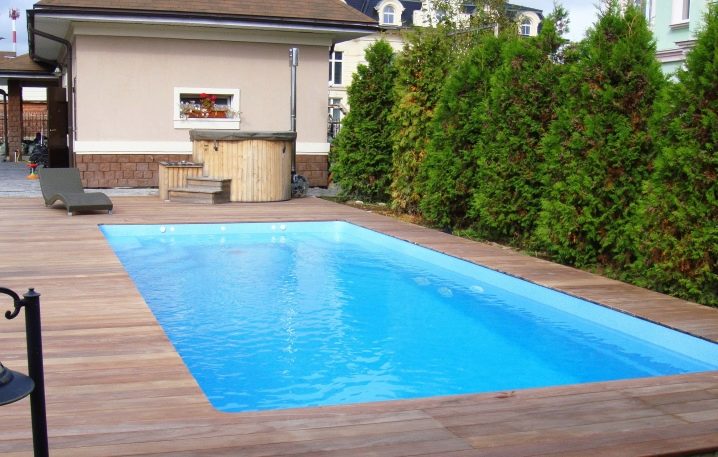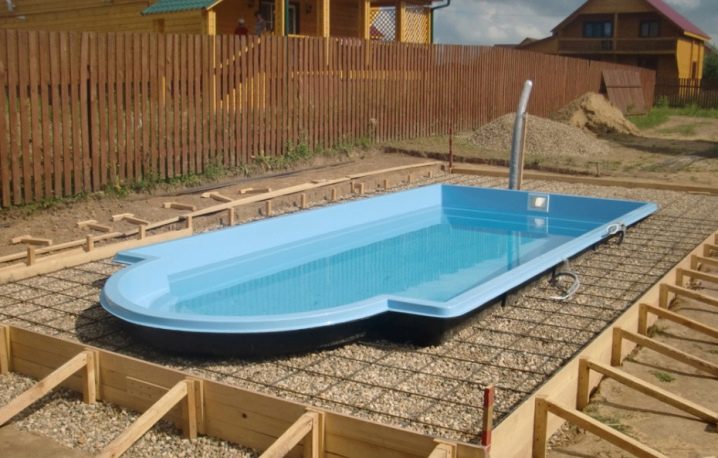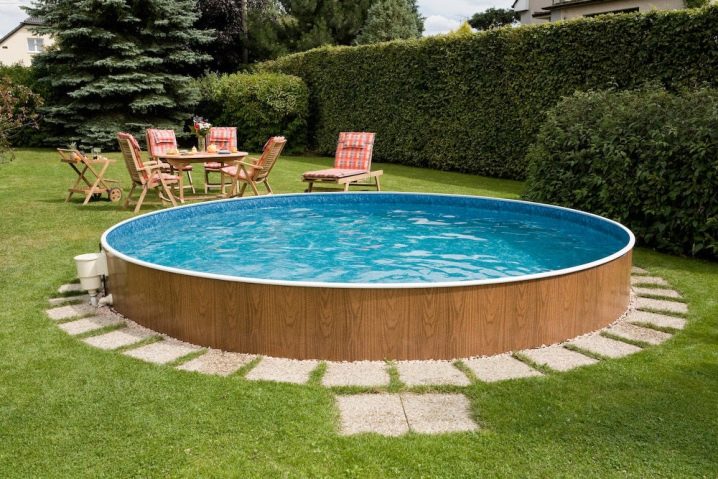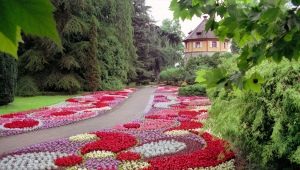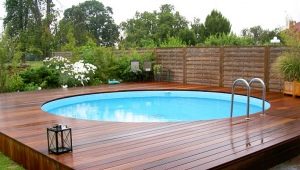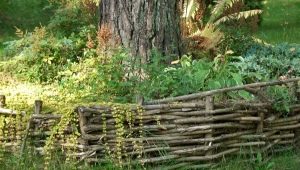How to make a pool in the country with their own hands?
The time when the swimming pool on the land plot was considered a sign of luxury and prosperity has long gone. In the modern world, any family can afford such a water facility, regardless of the material means and the size of the dacha. Older generations visited country estates with the aim of growing healthy vegetables and fruits; now these goals are fading into the background.
Cottages become a place of rest and enjoyment with family and friends. Accordingly, there is a desire to improve and decorate your site, to equip it with all possible benefits for a cozy and comfortable stay.
What is it needed for?
The pool can be not only a delight for the eyes, laden with urban landscapes, but also an excellent way to relieve fatigue and improve the body as a whole. Water helps to calm down and relieve nervous tension, resulting in sleep becomes stronger.After a swim in the mini-pool, a healthy appetite appears, training involves almost all muscle groups, while minimizing the load on the musculoskeletal system.
In addition, an artificial reservoir is a good supply of water for watering the garden, of course, if chemicals are not used to clean it.
From the construction of the pool on the site will be more pluses than minuses, and some negative aspects, such as material costs, can be reduced by building the structure on your own.
Location selection
So that the pool could not only please the eye and relieve fatigue, but also require less maintenance costs, you should seriously consider the issue of choosing a place under the reservoir. First you need to decide which pool is suitable for your site. If you can be content with temporary structures, for example, an inflatable analog or frame, choose a sunny place closer to the water supply so as not to pull the hose to fill it.
In case the size of the dacha allows, you can build a stationary pool. Of course, the construction will take more time, but the satisfaction of the work done will be much stronger.In addition, inflatable and frame analogues have a significant drawback - even with the most accurate handling, the first ones tend to break, and the second ones - to rot.
So if your choice is a fixed pool, pay attention to its location. Choose a plot away from both high and low trees., because the roots of large plants are drawn to moisture and can damage the base of your structure. Not to mention that their crowns obscure the place and prevent the heating of water. And from the low small branches and leaves are constantly falling, so cleaning will have to be done frequently.
Owners of clay plots nature itself hints at the construction of the pool: clay hardly lets water through, which is very important in case of accidental damage to the base. Determine the location of the drain will help the slope of the earth and the wind. It is better to build a pond along the constant wind direction, it will be easier to keep it clean.
Materials
Human fantasy knows no bounds. Of what materials only do not make country pools: from old tires to custom bowls. Some examples can be given.
Craftsmen use tires from large household and construction equipment. The tire should be washed and painted to your taste, make the bottom, for example, from an old rubber pool or poster. From wooden pallets construct the basis for a homemade frame pool. The mesh is used as a material for the pit, stones are laid on top of it. This option is suitable for decorative pond as a decoration area.
Someone even uses plastic bottles for building, using them instead of bricks. Of course, this material will need a lot for a good pool. So use this method will be the one who has accumulated a lot of plastic. Or you can buy bottles in bulk.
Build ponds for swimming and from concrete rings. The disadvantages of this construction are that the rings are heavy, that is, additional costs will be required for their delivery and installation. But such pools are distinguished by their strength and long service life.
Those who opted for the construction of a stationary pool need to decide which raw materials to use for the lining of the inner bowl. This can be tile or mosaic, polypropylene, PVC film or fiberglass.
It is important to mention that stationary pools can be divided according to the method of their installation on partially recessed and completely recessed. From improvised means to make a pool is not difficult. It can also be built from building blocks.. If you, of course, have the necessary skills in construction.
Preparatory work
The first thing to do when a place under the pool is selected is to clear the area. It is necessary to remove garbage and foreign structures that may interfere with construction. After that, all vegetation is removed from the site, the existing pits or depressions and any irregularities are filled with earth or sand and tamped. Thus, the site under construction is leveled.
Be sure to determine the shape and size of the pool. Do you need swimming space or will it be a family vacation spot with a “paddling pool” for children? Depending on the purpose of the reservoir, determine its depth. Safe space for younger family members is limited to half a meter, the optimum depth for adults is not less than one and a half meters, and for lovers of springboards, you should add another meter.
Preparatory work includes the development of a plan and the creation of a drawing of the pool. In the plan it is necessary to display the laid pipes, specify the dimensions of the bowl and draw the placement of instruments for moving and purifying water.
So, the place, shape and purpose of the pool are determined. Territory cleaned and prepared. You can begin to mark the site creating a pit under the bowl.
If you have a purchased tank, or a “bathtub” for a pool, you can mark the place along its edges.. Turn the container over and place it in the chosen area. Mark with ropes the borders of the reservoir. If the “bath” is missing, measure the edges on the roulette table. Further we dig a ditch.
You can create a pit manually or with the help of construction equipment (which, of course, will require additional material costs). Take care that the walls are sloped at least 20 degrees. The size of the pit for the finished bowl should be larger than it.
The depth needs to be done more by several tens of centimeters (for example, 30) for waterproofing. Digging the pit is not difficult at all.When the pit is ready, you can proceed directly to the construction.
Step by Step
We offer for consideration the step-by-step production of several types of pools: a frame outdoor pool of wooden pallets, a reservoir of plastic (polypropylene or fiberglass) capacity and a monolithic concrete structure.
So, the cheapest option is a frame pool of wooden pallets. The main material can be purchased at construction sites or shops, or it can be stored in your shed. If you feel sorry for throwing good pallets, but you cannot sell or give them away, feel free to let them go.
Materials and tools that you will need:
- PVC film;
- means of protecting the tree from the processes of decay;
- pipe of the desired diameter and length to drain water;
- shovels;
- buckets and basins for bulk materials;
- hammer, screwdriver;
- hacksaw;
- sandpaper;
- plane;
- roulette.
So, all the necessary preparations are completed, you can start building:
- Walk a couple of times on wooden blanks with impregnating agents (antiseptic or antifungal solution)
- Pallets allow you to choose the shape of the pool, depending on their location. Based on this, dig a niche to a depth of 30 centimeters; the perimeter of the pit should be slightly wider than the perimeter of the pallets.
- At the bottom lay rubble or small stone to a height of 15 centimeters and evenly distribute it.
- Inside the pit collect the base of the pallets. To connect a wooden snap, use screws, small planks or corners.
- If necessary, make a hole for the drain pipe and insert it into the drain.
- Secure the structure with tensioning straps.
- Provide additional strength will allow the wedges in the form of bars. Hammer them outside the pool at a distance of 40 centimeters from each other.
- Pour 10-15 centimeters of cement inside the frame and level it.
- After pouring the concrete, leave it for two weeks. After these, cover the inside with PVC film and secure it over the top edge of the pool.
- You can make the lining based on your preferences, for example, using PVC panels or other materials that are resistant to wetting.
- Remember that the concrete is completely dry only after a month, so put off the solemn filling of the reservoir until that time.
The following type of composite pool requires more thorough and time-consuming work, but it is much more like beautiful pictures from glossy magazines.
Consider two options for mounting a plastic bowl: using wooden formwork and reinforcing the sides with cement.
Mounting the formwork:
- As in the previous case, it all starts with digging a pit. Dig a hole of the desired depth, around the perimeter of the greater width of the boards for formwork.
- It is necessary to fill the drainage layer of sand and level it. To make the bottom more dense, it is recommended to fill the sand with water.
- While the water is drying, assemble the boards from the boards according to the size of the pit. Be sure to treat the wooden parts with antiseptic.
- Pull down and install the wooden walls in the pit.
- Place the PVC bowl inside the wooden snap.
- If there are gaps between shields and earthen walls, they need to be filled with earth and tamped carefully.
- Condense the ground around the pool. Then you can safely fill your man-made reservoir with water.
Strengthening the bowl with cement:
- Dig a pit, following the same rules as in previous cases.
- Strengthen the bottom with a concrete substrate up to 20 centimeters thick.
- Support the tank from the inside and fill it with water.
- After that, pour the cement between the bowl and the ground.
- One month after the concrete has completely set, you can improve the edges of the pool.
If you want to have a solid and durable water construction in the garden plot, besides being patient and full of strength, proceed to the construction of a monolithic pool of concrete:
- Conducting preparatory work: drawing up a plan, cleaning the site, marking the territory, digging the pit.
- At the bottom lay a drainage layer of rubble, gravel, small stones and sand. The layers of stone and sand should be the same in thickness and at least 15 centimeters. Level each layer thoroughly.
- Spread two layers of roofing felt over the waterproofing. Its edges should reach the surface of not less than 20 centimeters.
- Embed the necessary structures to drain the water.
- Make a crate of reinforcement over the ruberoid.
- After that proceed to concreting. The ideal option is a one-time pouring of concrete. But for an inexperienced master it is too time consuming task. Therefore, first fill the bottom with a slight slope to the drain hole in a couple of degrees.
- When the pool floor hardens, proceed to the walls. Make formwork at a distance of at least 40 centimeters from the earthen walls.
- If you decide to fill the pool in two approaches, remember that reinforcement should also be doubled. The second layer of reinforcement is laid to strengthen the vertical and horizontal parts of the reservoir, that is, the bottom and walls.
- Treat the concrete surface with waterproofing material. If the walls are uneven, plaster them. Be sure to use for this reinforcing mesh.
- Trim the inner surface of the pool. For this you can use PVC film, mosaic or tile. The decorative layer will serve as another protection of concrete from the damaging effects of water.
Water treatment system
One of the factors stopping a person from building a pool on the site is that the tank itself and the water have to be cleaned with a certain frequency. It is important to note that modern technologies can significantly simplify this process, so do not deny yourself the pleasure to soak up the refreshing water on a hot summer day and dismiss the idea of ennobling the summer cottage with an attractive reservoir.
Pollution can be divided into two types: material and bacterial.An open-air swimming pool will in no way avoid falling into it of small garbage or dacha supplies. But even the roof over it does not guarantee its crystal clear. The ingress of bacteria and microbes into the water provokes flowering and slippery bloom, a sort of oily stains on the surface, not to mention the unpleasant musty stench or the smell of decay from natural debris. If you warm up this water, the smell will be even worse.
To protect the dacha pool from leaves and other objects can cover, if we are talking about small ponds, a film that can be spread over the surface when the pool is not in use.
With the help of a net, every day or once in a convenient period for the owner, the pool should be cleared of debris. If an unpleasant bloom forms on the walls, use a brush.. However, these actions will not save from the influence of small organisms, so you should clean the water in other ways.
It is best to completely change the water every 1-2 weeks.. In order not to pour the precious liquid in vain, you can water the garden with warm water. This tool is good for small pools that are rapidly gaining and warming up.
For large vessels, other methods are used: filters, electrophysical disinfection and chemical treatment.
Filters can be divided into three types: sand, cartridge and diatomite. The latter use several layers of cleaning and are able to clean the pool to the smallest particles. Cartridge often put in containers, medium in size, and sand, working on the basis of coarse sand, remove contamination up to 20 microns.
Electrophysical purification is the use of ozone devices and systems that saturate water with silver ions. In addition, this also includes ultraviolet equipment that disinfects, eliminating water from germs and mold.
Pool owners do not like to resort to chemical cleaning because of the high risk of drug overdose. It requires thoroughness and scrupulousness. but chlorine perfectly disinfects water and helps get rid of flowering, despite the fact that a large amount of it can lead to poisoning and damage to the skin and mucous membranes. Bromine reagents have a faint odor, unlike chlorine. Active oxygen is the safest and at the same time effective cleaning agent from a number of chemicaldrugs. It is added to the water after filling the pool according to the instructions, based on the total volume of the liquid.
Finish
Finishing the pool - a matter of taste, and sometimes financial opportunities. You can use PVC film, mosaic tiles on the grid, just tiles and special acrylic paint with added color. It should be remembered that when gluing a mosaic you need to use glue that can withstand temperature extremes.
Mosaic or tile that is laid on glue serves as an additional means of protecting the walls of the pool from moisture. Water, with its weight, deflects the walls of the pool, therefore tile laying should occur with some difference from the classical method. Between the tiles, a little more distance is left in order to avoid deformation and cracks in the material.
Choose porcelain tile for cladding. It is more expensive than ordinary ceramic, but unlike it does not have a porous surface, due to which it will not absorb moisture. This will prevent the formation of algae and mold.
PVC film is an affordable option. In addition, it is easy and does not require special construction and finishing skills.The disadvantage of its use lies in the lifetime - a maximum of seven years. But it is easy to clean, does not require effort when cleaning and microorganisms do not linger on it.
To use PVC film for the pool device, you need to carefully polish its walls. To attach the film to the edge, a metal tape is attached to it. You can use screws. To this tape is attached film. It should be pressed against the surface of the pool with the weight of water. To do this, do not use any bonding materials like glue. To protect the film from condensation, geotextiles up to 1 centimeter thick are laid under it.. The edges of the film can be treated with hot air and smoothed out with the help of liquid plastic.
For the restoration of the old pool, in which cracks have formed and due to this the waterproofing is broken, you can also use PVC film. Its arrangement is not very complicated. The film is spread directly over the old cladding material. There are two types of film: polyvinyl chloride and butyl rubber. PVC film is treated with a special impregnation, which is able to protect against mold, microorganisms and the appearance of algae.Its color range is very wide and gives free rein to fantasy.
PVC butyl rubber film is durable and durable from its counterparts. It is easy to scissors and glue. Most often it is used for large tanks, for which wear resistance is more important. This type of film does not depend on temperature and pressure drops.therefore it can be used for outdoor swimming pools. This is quite a budget option. It is possible to equip such pool without excess efforts.
Now you know everything about building your own swimming pools. Choose whatever you like, stock up on tools, strength and patience, and even better - helpers. After all, when the reservoir is built, both your family and your friends will use it for its intended purpose. And what can give more pleasure than the realization of the thought that you yourself had a hand in creating something beautiful and durable!
Beautiful examples
Composite pool to make his own is not very easy. This is quite a laborious process, but it will serve you for many years. This structure looks very stylish.
Plastic pool is very easy to install.You just need to dig a foundation pit and install the structure securely.
If the size of the cottage is small, then you can install a small pool. Swimming in it, of course, is not very convenient, but you can completely cool off in the summer heat.
Visual instruction on how to make your own pool in the country, see the next video.
